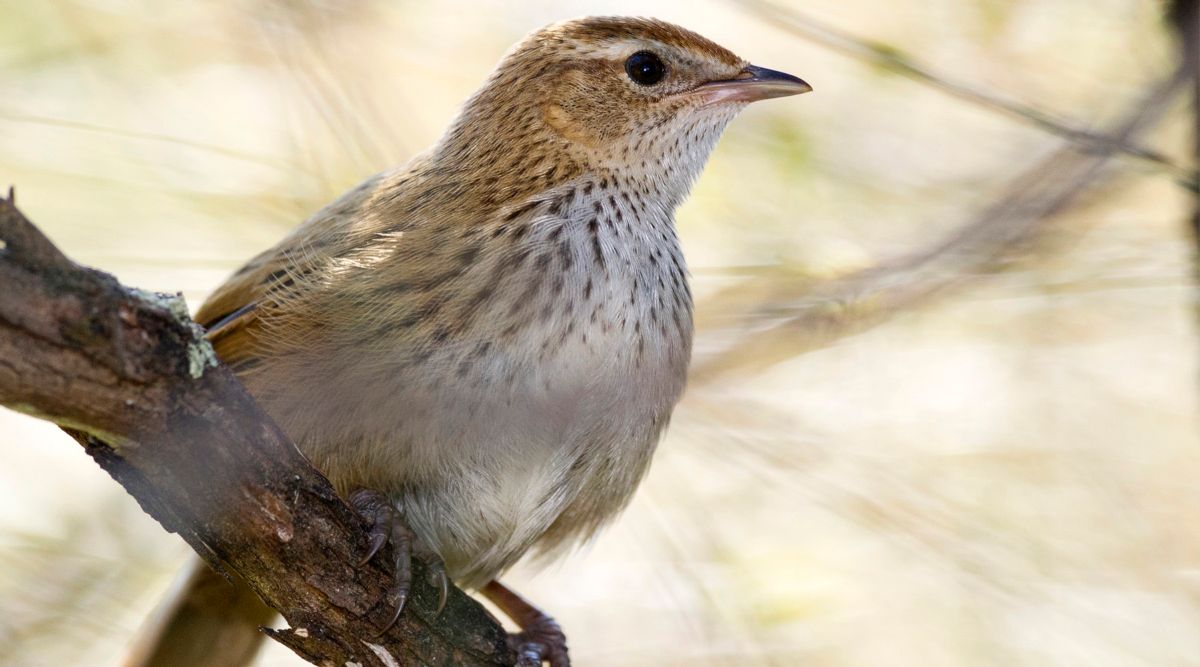28 Apr 2017 1:49 PM
Remembering the rules when photographing nests
Wildlife photographers have a moral responsibility towards their subjects – and there are laws to consider too. Award-winning photographer Ben Andrew shares advice on taking pictures in the bird breeding season.
The accessibility of digital photography has, to an extent, turned us all into wildlife photographers. Everyone has a camera on their phone these days, and the sheer range and quality of equipment on the market, at all levels, has led to a huge upsurge in wildlife photographers in the UK in the last 10 years.
It’s great that so many people out in the countryside, enjoying wildlife and wanting to share what they see. But it’s crucial to protect birds’ interests while you’re taking photos – and protect yourself from the law especially at this time of year when millions of birds are nesting in the UK.
Wild birds and the law
All wild birds in the UK are fully protected by law.
The laws that protect birds in England, Scotland, Wales and Northern Ireland are all slightly different and it’s important to know the facts.
Remembering the rules when photographing nests
Wildlife photographers have a moral responsibility towards their subjects – and there are laws to consider too. Award-winning photographer Ben Andrew shares advice on taking pictures in the bird breeding season.
The accessibility of digital photography has, to an extent, turned us all into wildlife photographers. Everyone has a camera on their phone these days, and the sheer range and quality of equipment on the market, at all levels, has led to a huge upsurge in wildlife photographers in the UK in the last 10 years.
It’s great that so many people out in the countryside, enjoying wildlife and wanting to share what they see. But it’s crucial to protect birds’ interests while you’re taking photos – and protect yourself from the law especially at this time of year when millions of birds are nesting in the UK.
Wild birds and the law
All wild birds in the UK are fully protected by law.
The laws that protect birds in England, Scotland, Wales and Northern Ireland are all slightly different and it’s important to know the facts.
